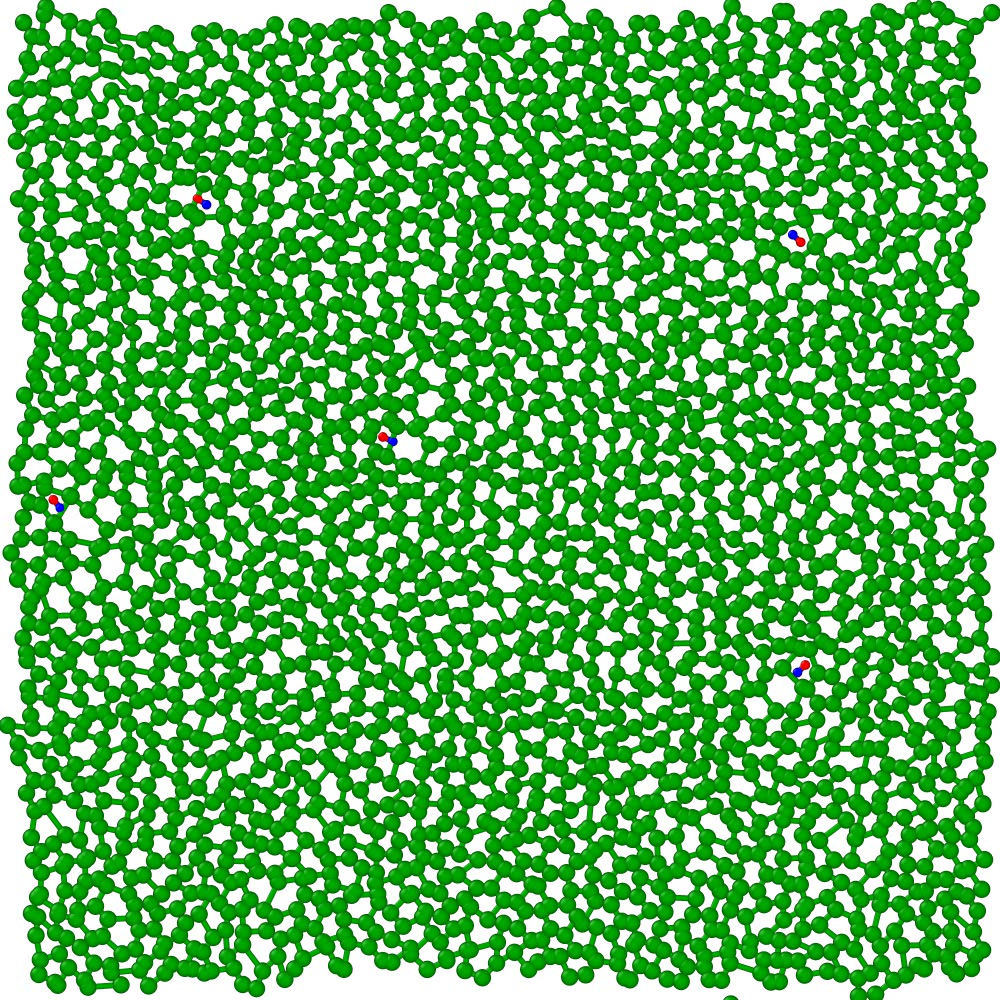
Stapled-peptide-protein interaction:
Protein−protein interaction (PPI) is one of the key regulatory features driving biomolecular processes and hence is targeted for designing therapeutics against diseases. Small peptides are a new and emerging class of therapeutics owing to their high specificity and low toxicity. For achieving efficient targeting of the PPI, amino acid side chains are often stapled together, resulting in the rigidification of these peptides. Exploring the scope of these peptides demands a comprehensive understanding of their working principle. In this work, two stapled p53 peptides have been considered to delineate their binding mechanism with mdm2 using computational approaches. The addition of stapling agent protects the secondary structure of the peptides even in the case of thermal and chemical denaturation. Although the introduction of a stapling agent increases the hydrophobicity of the peptide, the enthalpic stabilization decreases. This is overcome by the lowering of the entropic penalty, and the overall binding affinity improves. The mechanistic insights into the benefit of peptide stapling can be adopted for further improvement of peptide therapeutics.
Relevant Publications:
1. Decoding the Dynamics of BCL9 Triazole Stapled Peptide - Vikram Gaikwad, Asha Rani Choudhury and Rajarshi Chakrabarti Biophys. Chem. 307, 107197 (2024).
2. Computational design of stapled peptide inhibitor against SARS CoV-2 receptor binding domain - Asha Rani Choudhury, Atanu Maity, Sayantani Chakraborty and Rajarshi Chakrabarti Peptide Science e24267 (2022).
3. Effect of Stapling on the Thermodynamics of mdm2-p53 Binding - Atanu Maity, Asha Rani Choudhury and Rajarshi Chakrabarti, J. Chem. Inf. Model 61, 1989 (2021).
